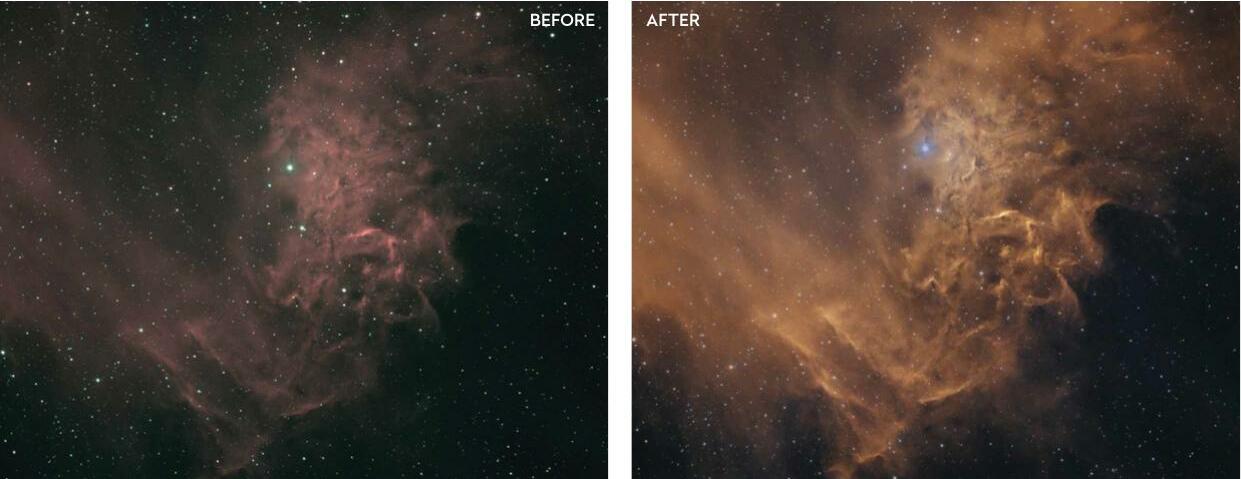
Avoid distortion while processing by taking the stars out of the picture with free software
A strophotography processing is all about the art of data control and getting the right balance between stretching data to tease out details, without going too far and 'clipping' it. Once the data is overstretched, delicate details are lost, or the image becomes noisy.
Stars are one major obstacle during processing. They limit the extent to which data can be enhanced, as they distort or become bloated. This reduces the desired 'natural' appearance for deep-sky images. Software that can remove stars therefore allows the user to work on all the delicate details, without being hindered by stars. One example is the free software StarNet++. Originally developed as a PixInsight module, it's now available as a standalone program via www.starnetastro.com/download. StarNet++ is compatible with both CCD and DSLR data, and so a popular choice for most astrophotographer toolkits.
Version 2 of the software was released early 2022 and includes a handy graphical user interface (GUI) that makes it more intuitive. This is the version we used to process our image of the Flaming Star Nebula (IC 405). Here we will go through the steps we took to remove the stars using StarNet++ and then use Photoshop to recover a 'stars-only' file which we could reapply to our fully processed nebula at the end.
Takeaway time
Diese Geschichte stammt aus der October 2022-Ausgabe von BBC Sky at Night Magazine.
Starten Sie Ihre 7-tägige kostenlose Testversion von Magzter GOLD, um auf Tausende kuratierte Premium-Storys sowie über 8.000 Zeitschriften und Zeitungen zuzugreifen.
Bereits Abonnent ? Anmelden
Diese Geschichte stammt aus der October 2022-Ausgabe von BBC Sky at Night Magazine.
Starten Sie Ihre 7-tägige kostenlose Testversion von Magzter GOLD, um auf Tausende kuratierte Premium-Storys sowie über 8.000 Zeitschriften und Zeitungen zuzugreifen.
Bereits Abonnent? Anmelden
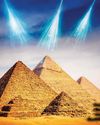
Putting cosmic rays to work
These penetrating interstellar particles have applications from astronomy to archaeology
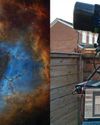
Set up your first imaging sequence
How to automate and coordinate your gear over multiple nights of imaging
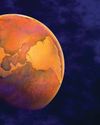
The Universe without gravity
Life with no gravity might sound a fun idea, but as Govert Schilling explains, shutting off this pivotalforce would spell disaster for Earth and beyond
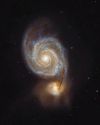
How to blend images taken with different camera setups
Combine data captured at varied focal lengths to create rich, deep images

INSIDE THE SKY AT NIGHT
Back in September 2021, The Sky at Night show spoke to Carly Howett about NASA's then upcoming Lucy mission. As the spacecraft now approaches its main targets - the Trojan asteroids - we check in with her to see how the mission is going

The science of SCI-FI
We love a good sci-fi film, but do they get the science right? Amy Arthur picks six of the big mistakes made in space films

Seeing in a new light
It's National Astronomy Week this month, so take a tip from Mark Westmoquette and let mindful stargazing change your perspective on your life and problems
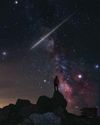
What to do if you find a meteorite
Ever come across an unusual rock and wondered if it's a meteorite? Mark McIntyre explains how to tell if that stone really is a fragment from outer space
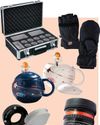
GEAR
Charlotte Daniels rounds up the latest astronomical accessories
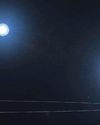
Q&A WITH A STELLAR ECLIPSE SPECIALIST
Many stars are gravitationally locked inside multi-star systems, but a rare new triple-star system has set a new record for how cosy these clusters can get